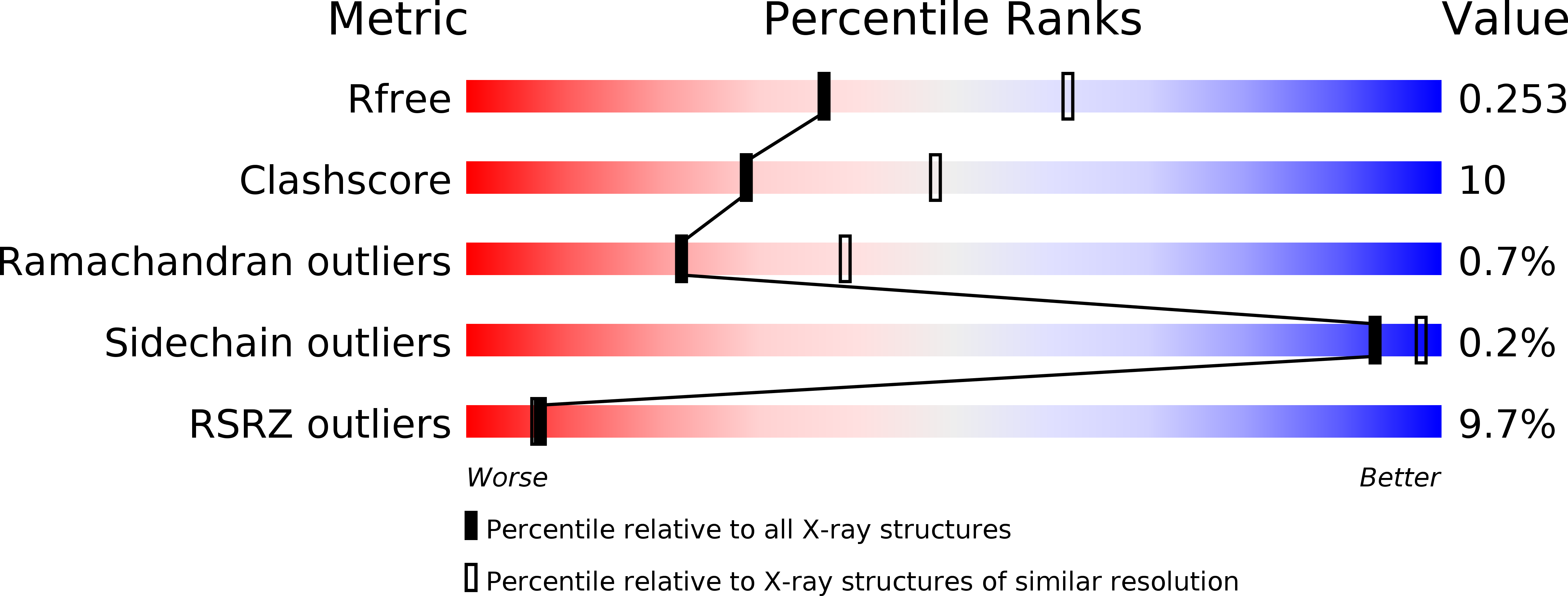
Deposition Date
2004-05-25
Release Date
2004-06-01
Last Version Date
2024-11-13
Entry Detail
PDB ID:
1VKJ
Keywords:
Title:
Crystal structure of heparan sulfate 3-O-sulfotransferase isoform 1 in the presence of PAP
Biological Source:
Source Organism:
Mus musculus (Taxon ID: 10090)
Host Organism:
Method Details:
Experimental Method:
Resolution:
2.50 Å
R-Value Free:
0.26
R-Value Work:
0.24
R-Value Observed:
0.24
Space Group:
I 41 2 2


